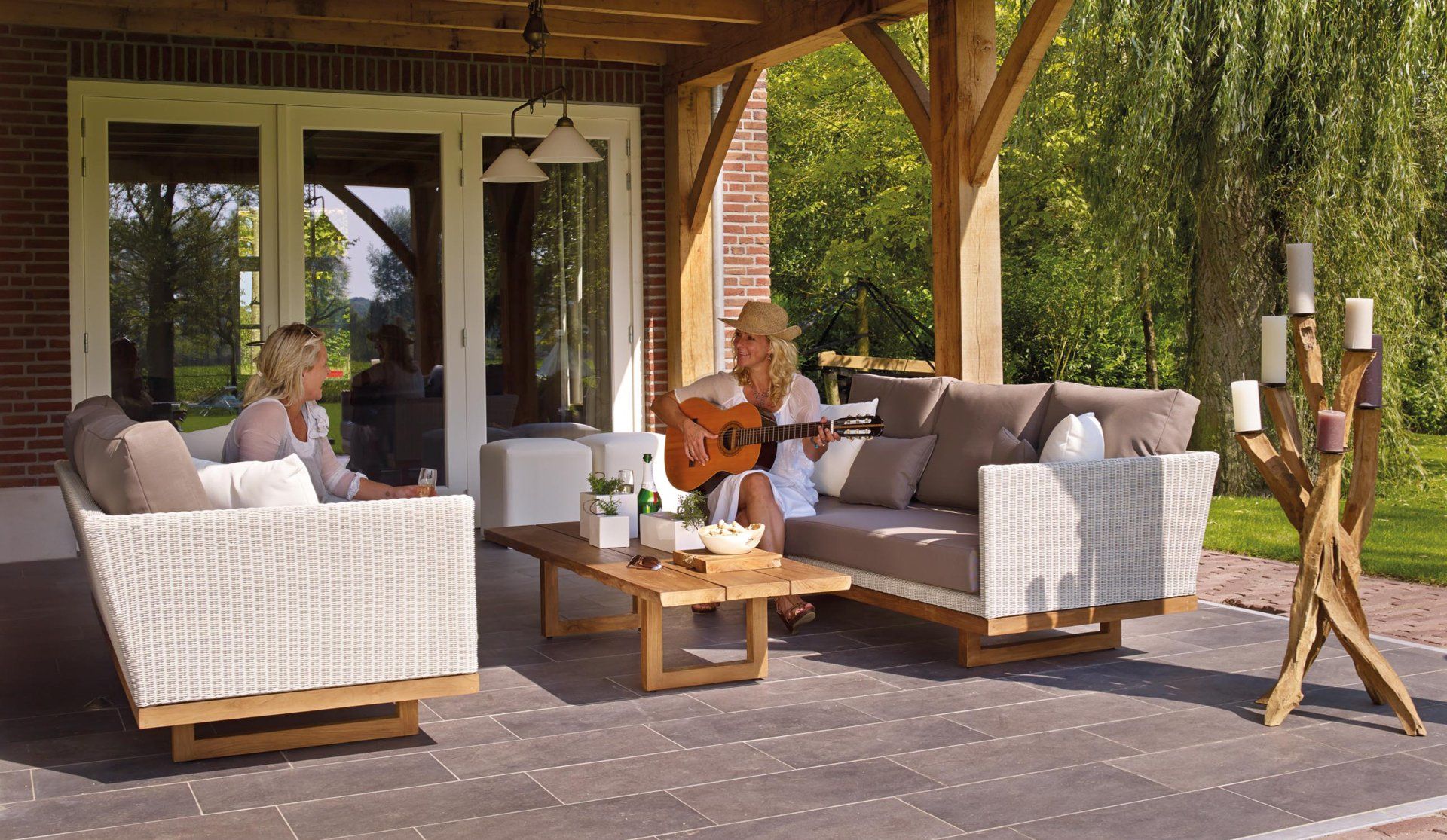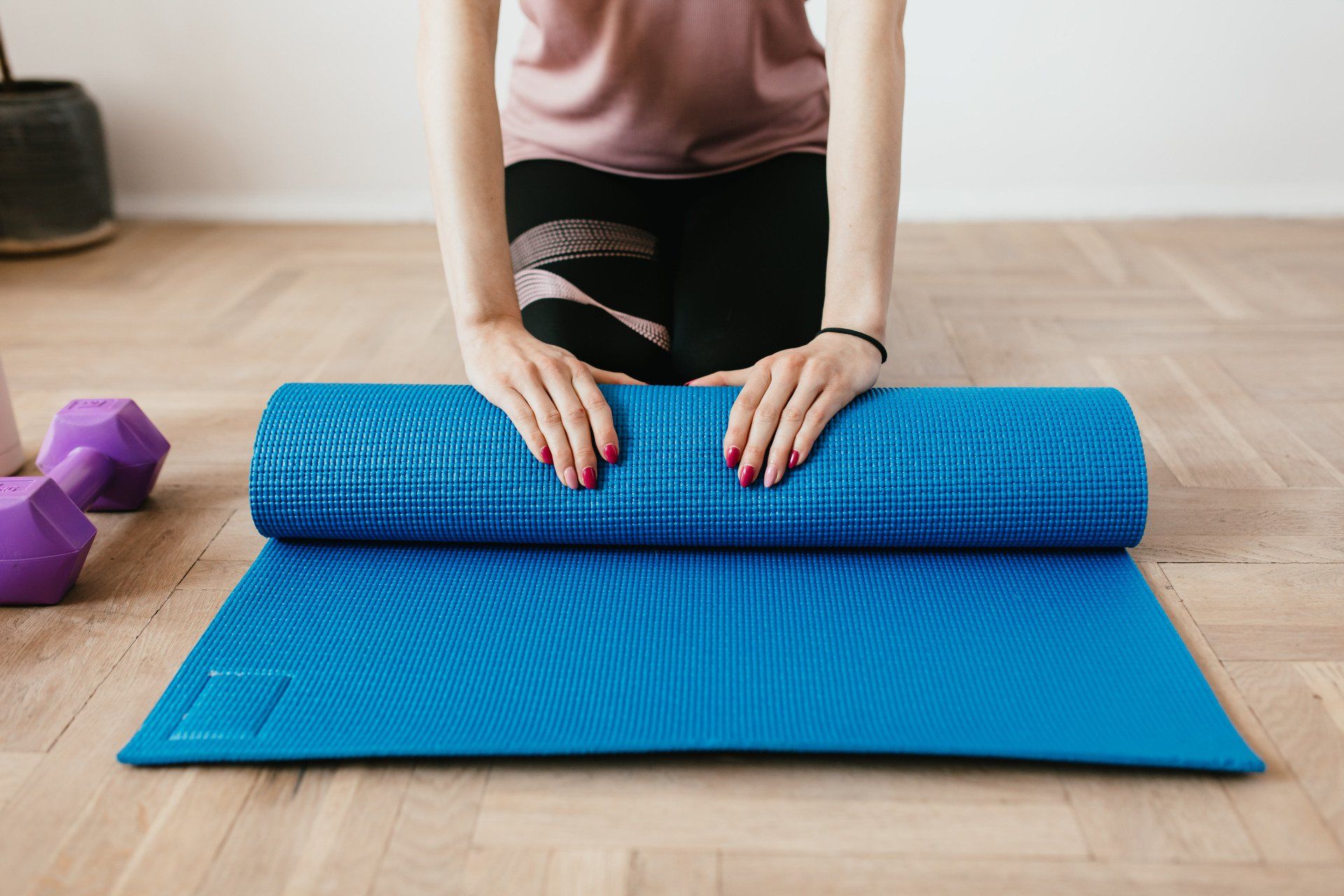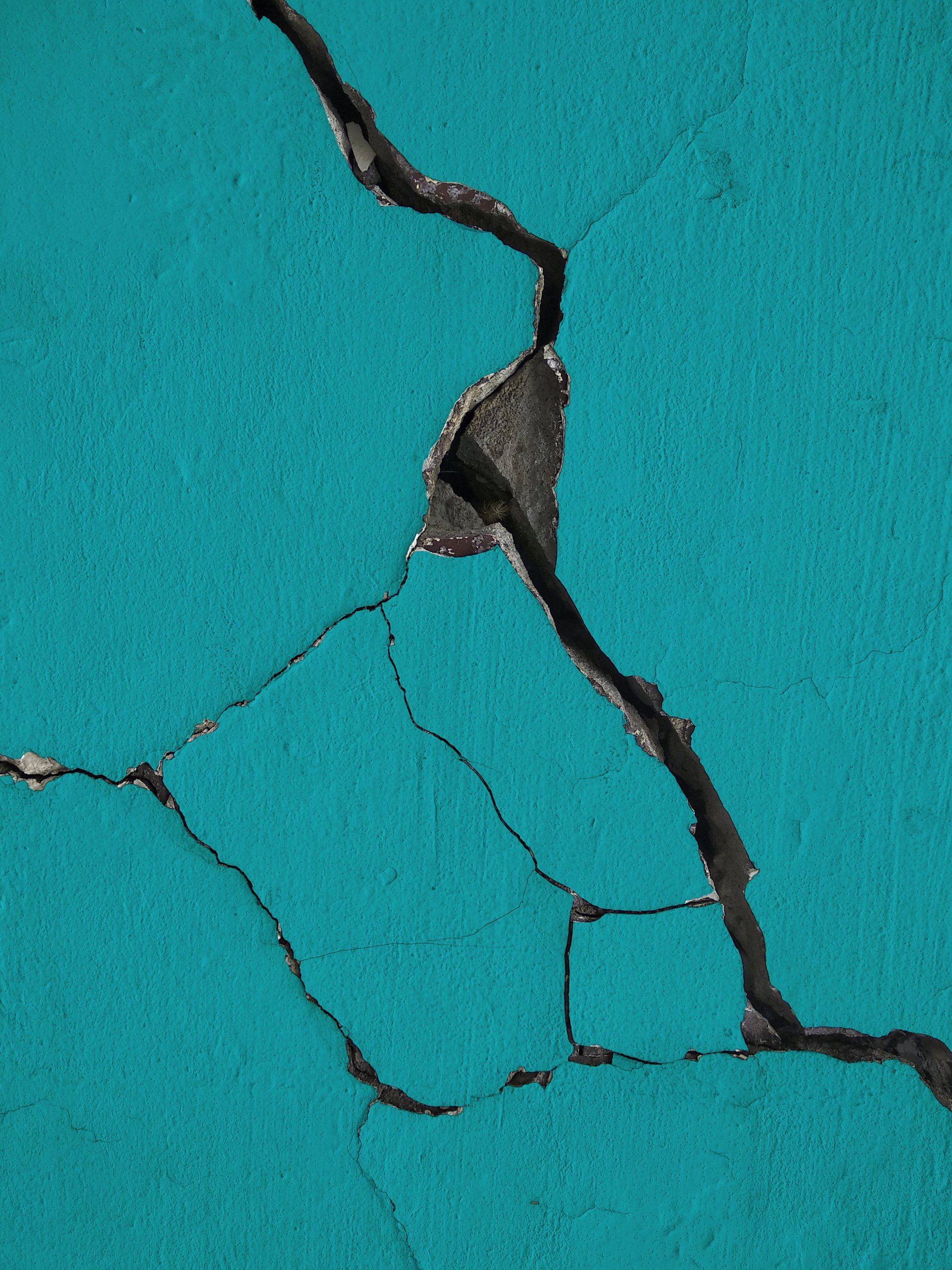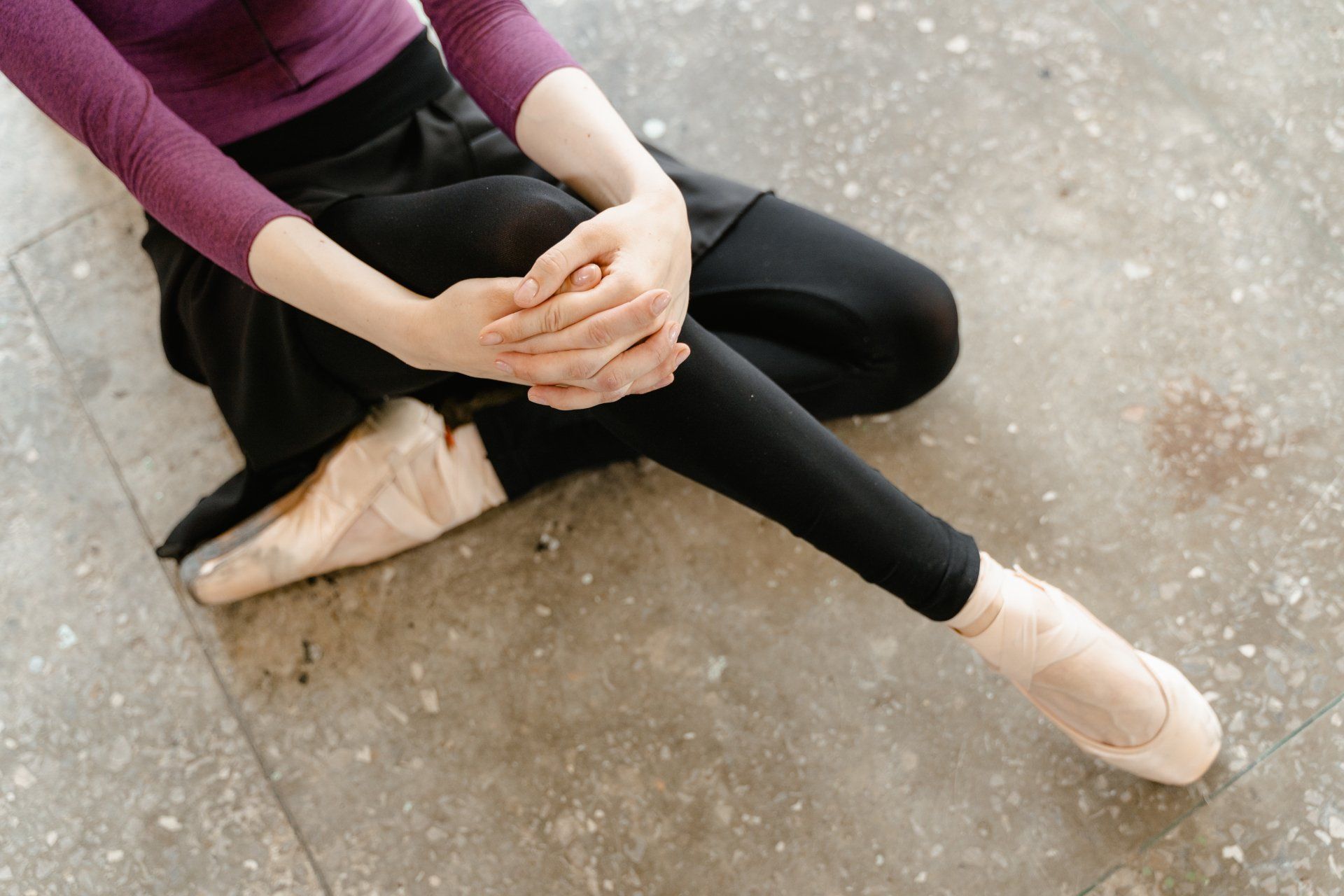Reduce the Misery of Springtime Allergies with Easy-Care Concrete Floors
Reduce the Misery of Springtime Allergies with Easy-Care Concrete Floors
Are you suffering from allergies? If you or your family member is suffering from asthma or allergies, you're aware that the arrival of spring is met with mixed emotions. With the warm temperatures bringing out tiny blossoms and soft green leaves, those suffering from allergies reach for an assortment filled with Kleenex or Benadryl caps prior to heading out to soak up the sun. But outdoor activities aren't the only allergy trigger, and indoor environments can also contribute to an increase in asthma and allergy issues this time of year:
- The bedrooms of the house are home to the most dust mites than other rooms.
- Dust from the house is the primary trigger for indoor allergies.
- The mold spores are found in the water spots in kitchens, bathrooms, and laundry rooms.
Easy-to-clean floors reduce harmful dust
Dust is the most significant source of indoor allergens, and your floors are the biggest surface that gathers dust. Floors that draw and hold dust, such as carpeting and rough wood surfaces or tiles that are grouted, are more difficult to clean. This could result in unclean (and extremely filthy) floors. There is nothing that sticks to concrete floors that have been sealed, and dust bunnies are easy to remove with an ultra-fine dust mop. This means it's simple to keep clean floors in a matter of minutes, as opposed to 20 minutes using the use of a vacuum. If you opt for staining concrete or stamping concrete that has fake wood or stone patterns, the smooth, seamless surface is resistant to dirt and dust around corners and on baseboards. There is no need to move furniture around to get an extensive cleaning. A dust mop allows you to get between and behind furniture pieces to keep floors clean and clean.
- Change carpet and padding, which can be a breeding ground for dust mites as well as pet dander, mildew, and mold, with non-allergen decorative concrete and polished concrete floors.
- Place washable area rugs in areas where you require softness.
- The surface is sealed to ward off spills from drinks and food as well as accidents caused by animals. A damp, clean cloth can quickly solve any issue.
Make sure that you keep the moisture away from your flooring
Basement floors are known for their water issues; however, other floorings in your home could be a contributing factor to allergic flare-ups, too. Carpeting and seamed flooring, such as tile with grout lines, planks of wood or vinyl flooring, and tiles with stick-on backing can all accumulate moisture in the seams, resulting in hidden mold and moisture. Moisture could be caused by drinks, water spills and pet accidents, which could also contribute to the creation of smells that linger. The expansion of bacteria and mold can cause severe reactions for asthma and allergy sufferers. Concrete floors that are decorative are water-resistant with finishes that block staining and spills; therefore, nothing will be able to penetrate the floor and create a breeding place for allergens and allergens of all kinds.
- The decorative concrete finishes can ward off the growth of mold and mildew in places where moisture could be an issue, such as bathrooms, kitchens, and laundry room.
- Get the look of marble, tiles, faux stone, and wood planks in stylish concrete floors. They resemble genuine materials, however, with no seams that are vulnerable to abrasion and grout.
- A brand new, attractive concrete basement floor that has an industry-tough seal is an ideal base to make your house dry.











